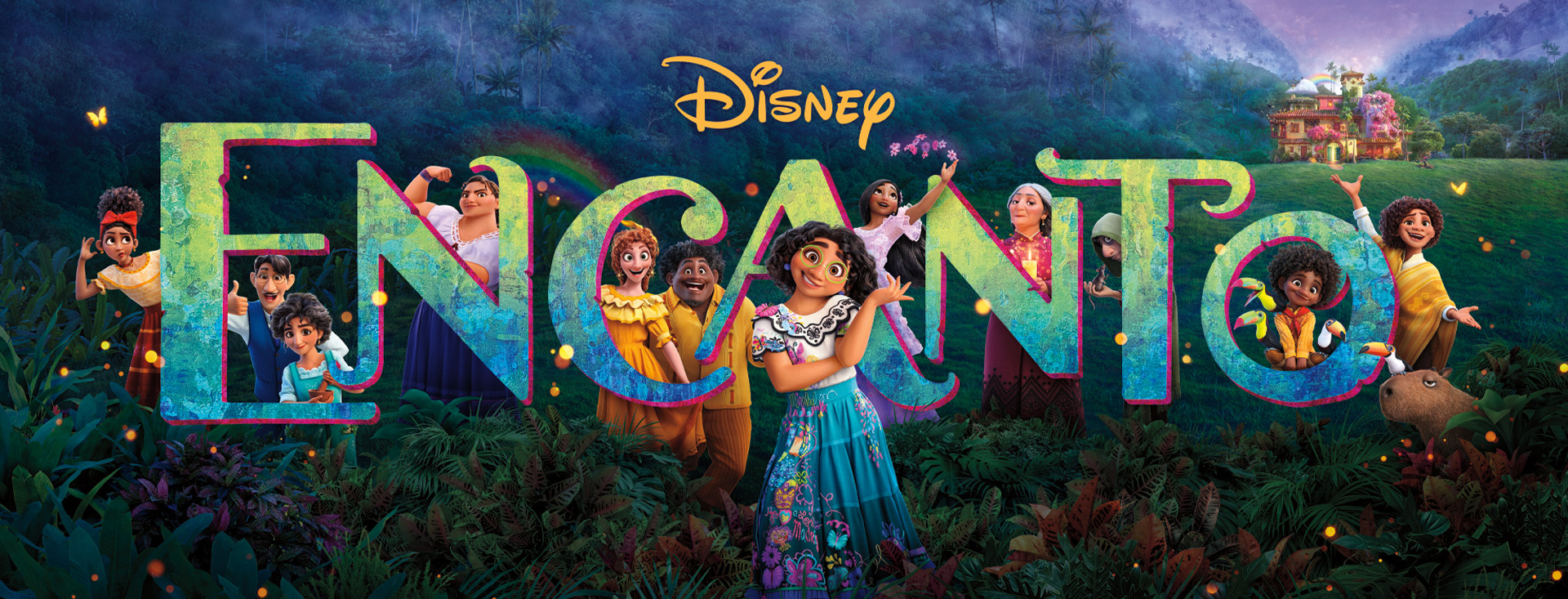
De vez en cuando, se lanza una película con una banda sonora que los fanáticos no pueden quitarse de la cabeza. Tal es el caso de Encanto, que se estrenó en los servicios de streaming de Disney en noviembre y desde entonces ha presentado a la familia Madrigal a personas de todo el mundo.
La historia de Maribel Madrigal y su madre, tía, tío, hermanas y primas mágicamente dotadas tiene lugar en Colombia y cuenta con el apoyo de un elenco de actores, cantantes y productores latinos, incluida la compositora Germaine Franco, el compositor Lin-Manuel Miranda, y el cantautor Sebastian Yatra. Pero el mensaje de la película, sobre la obligación con la familia, el legado del trauma y la presión para conformarse, es universal, razón por la cual la banda sonora se ha escuchado masivamente en más de 20 idiomas y ha alcanzado el número uno entre los mejores álbumes escuchados en Spotify en 2022.*
Hasta el momento, la banda sonora de Encanto tiene más de 494 millones de streams en todo el mundo,** y los países con mayor índice de escucha son Colombia, Estados Unidos, Filipinas, Panamá, Islandia y el Reino Unido.
Parte de lo que está atrayendo a tanta gente de regreso a Encanto son los múltiples éxitos destacados, como “Dos Oruguitas”, que le valió a Sebastián Yatra su primer sencillo entre los 20 primeros, y “We Don’t Talk About Bruno” / “No se Habla de Bruno”, que se convirtió en la primera canción número uno de Lin-Manuel en Spotify en los Estados Unidos. a principios de enero y ahora tiene más de 100 millones de streams en Spotify.***
También está dominando las listas internacionales, asegurando el puesto número uno en la lista Top 50 del Reino Unido de Spotify. Otras tres canciones de la banda sonora se ubicaron entre las diez primeras en la lista de consumo de canciones de Estados Unidos, incluidas “Surface Pressure,” “What Else Can I Do?”, y “The Family Madrigal”.
“Saber que ‘No Se Habla de Bruno’ ha tocado tantos corazones de tantas generaciones diferentes de manera orgánica es increíble, y estar en el Top 50 de las listas musicales de Spotify es enorme”, dijo Carolina Gaitan – La Gaita, quien interpreta a la Tía Pepa de Mirabel y lidera las voces en “Bruno” en las bandas sonoras en inglés y español de Encanto. “Creo que ha sido una sorpresa para todos, pero sin duda ha sido la sorpresa más bonita de mi vida”.
La creación de Encanto es quizás tan mágica como la historia misma. La huella sonora de Encanto se puede atribuir en gran medida a la compositora mexicano-estadounidense Germaine Franco, quien anteriormente había trabajado con Disney y Disney Animation como compositora, productora musical y orquestadora. Sin embargo, esta fue la primera vez que Germaine asumió el papel de compositora principal de una película de Disney, lo que la convirtió en la primera mujer en ocupar este puesto en la compañía. Después de trabajar con Lin-Manuel y Tom MacDougall, presidente de Disney Music, en una función animada anterior de Disney, la pareja le pidió a Germaine que se uniera al proyecto y colaborara con Lin-Manuel en los arreglos orquestales, la orquestación y la producción adicional de las canciones de Lin-Manuel.
For the Record habló con Germaine sobre la composición de Encanto, incluida la tarea que hizo para dar vida a la música colombiana en la pantalla.
¿Cómo te preparaste para este proyecto?
Para cada partitura que creo, me gusta sumergirme profundamente en la cultura de los protagonistas y las regiones específicas a la ubicación en la narración. Pasé muchas horas escuchando y estudiando las estructuras, instrumentación, estilos de interpretación, armonías, melodías y ritmos de la música tradicional colombiana. Sentí que los instrumentos colombianos me iban a dar inspiración, y así fue, especialmente la arpa llanera y la marimba de chonta, y sabía que la partitura sería mucho más rica si escucháramos las voces auténticas de músicos y cantantes colombianos.
¿Cómo introdujiste en la partitura elementos del “realismo mágico”, un tema literario prominente entre autores latinoamericanos/colombianos famosos?
Cuando recibí la llamada por primera vez, volví al corazón del realismo mágico leyendo a Gabriel García Márquez en español. También leí textos históricos sobre historia, música y literatura colombianas. Vi documentales y videos sobre la cultura colombiana. Quería conectar con ese mundo más allá de la “realidad” de lo que se ve. Me imaginé en ese mundo. Seguía pensando “¿Cuál es el sonido del realismo mágico?” mientras trabajaba.
Un elemento clave del realismo mágico en la partitura es la voz femenina. Imaginé que las voces de las mujeres serían representativas de este mundo. Me conecté profundamente con la tradición del estilo de cantadora presente en las regiones afrocolombianas de Colombia, y luego grabamos un coro en vivo de Colombia con Isa Mosquera, una de los coristas de la banda de Carlos Vives, y un coro de veintidós voces aquí en Los Ángeles.
Otro aspecto del sonido del realismo mágico que construí proviene del sonido de muchas flautas hechas de madera natural, bambú, tocadas por el exquisito Pedro Eustache. La voz de Pedro se puede escuchar a lo largo de la partitura. Si escuchas, escucharás la gaita, una flauta tradicional de Colombia y uno de mis instrumentos favoritos en la partitura.
¿Qué significa para ti y para otras mujeres o compositoras latinas tu participación en esta película?
Cuando me llamaron por primera vez para trabajar en la película, estaba encantada de poder trabajar con Lin-Manuel y los cineastas. No pensé demasiado en “primeras veces”. Mi objetivo principal era crear la mejor banda sonora posible para esta hermosa película. Quería tener éxito como artista y darle a la música un sonido latino auténtico. Encanto es un hito para Walt Disney Animation Studios porque es su largometraje número 60, así que sentí que era una responsabilidad importante de mi parte dar una voz larina fuerte a los personajes principales, Mirabel y su abuela, a través de la música.
Estoy muy agradecida de tener esta oportunidad de abrir la puerta a otras mujeres y personas de color. Es importante para mí que veamos más equidad tanto delante como detrás de la cámara, y es notable que solo soy uno de los muchos creativos latinos en la película. Contábamos con Lin-Manuel Miranda, un elenco íntegramente latino, la productora Yvett Merino, la co-directora y la guionista Charise Castro-Smith, el productor de canciones Mike Elizondo, Sebastián Yatra, y Carlos Vives. Esta película es un ejemplo del poder de las voces auténticas en el cine y la música que colaboran para inspirar a nuestro mundo. Es una señal de que la industria está cambiando, aunque lentamente. ¡Celebro el hecho de que millones de familias de todos los países, mujeres y personas de color se vean en la pantalla y disfruten de la banda sonora!
La banda sonora de Encanto ya está teniendo un gran éxito comercial, alcanzando el número dos en la lista de álbumes globales de Spotify y el número uno en la lista de álbumes de Estados Unidos de Spotify en 2021. ¿Cuáles son sus esperanzas para la música más allá de la película?
Espero que Encanto toque los corazones de millones e inspire a muchos a salir y obtener su primer instrumento y aprender a tocar. Estoy muy agradecida con todos los fanáticos de la película en todo el mundo que se toman un tiempo de sus ocupadas vidas para participar en la experiencia cinematográfica que llevamos años creando para ellos. Significa mucho. Cuando veo algunas de las reacciones a la película en las redes sociales, me reconforta saber que todo el equipo creativo y yo hemos tenido el privilegio de ser parte de sus vidas de una manera pequeña. Realmente creo que la música tiene el poder de unir a las personas en todo el mundo. ¡Muchas gracias a todos los fanáticos de Encanto en todo el mundo! ¡Que se diviertan!
¿Listo para hablar de Bruno? Escucha la banda sonora de Encanto y sumérgete por completo en la historia de la Familia Madrigal.
*Al 27 de enero de 2022
**A partir del 1 de febrero de 2022
**A partir del 20 de enero de 2022







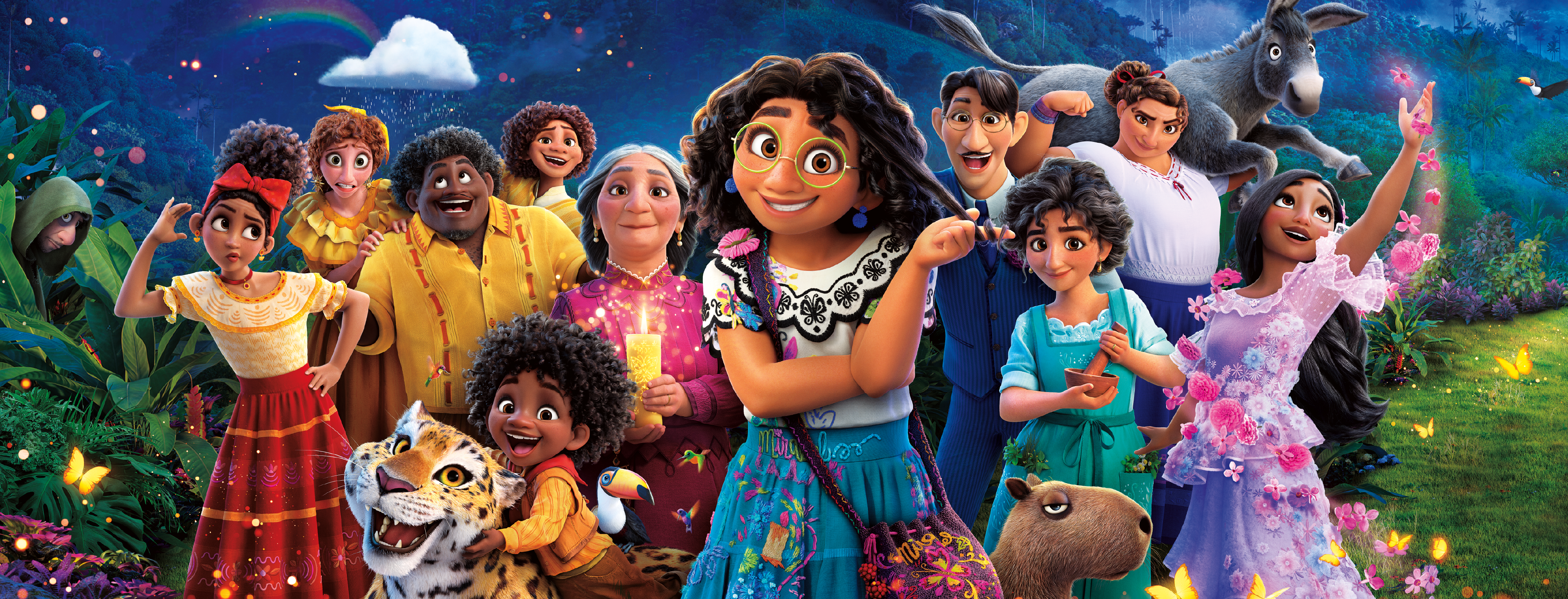
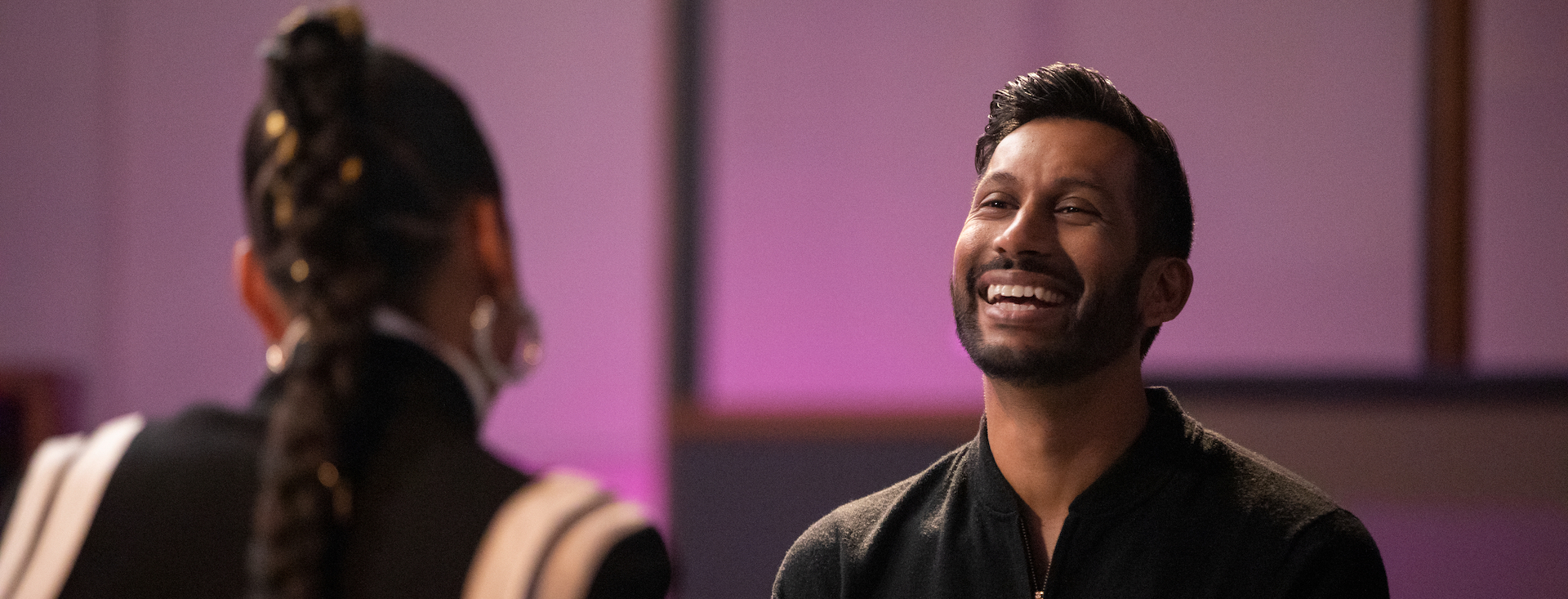
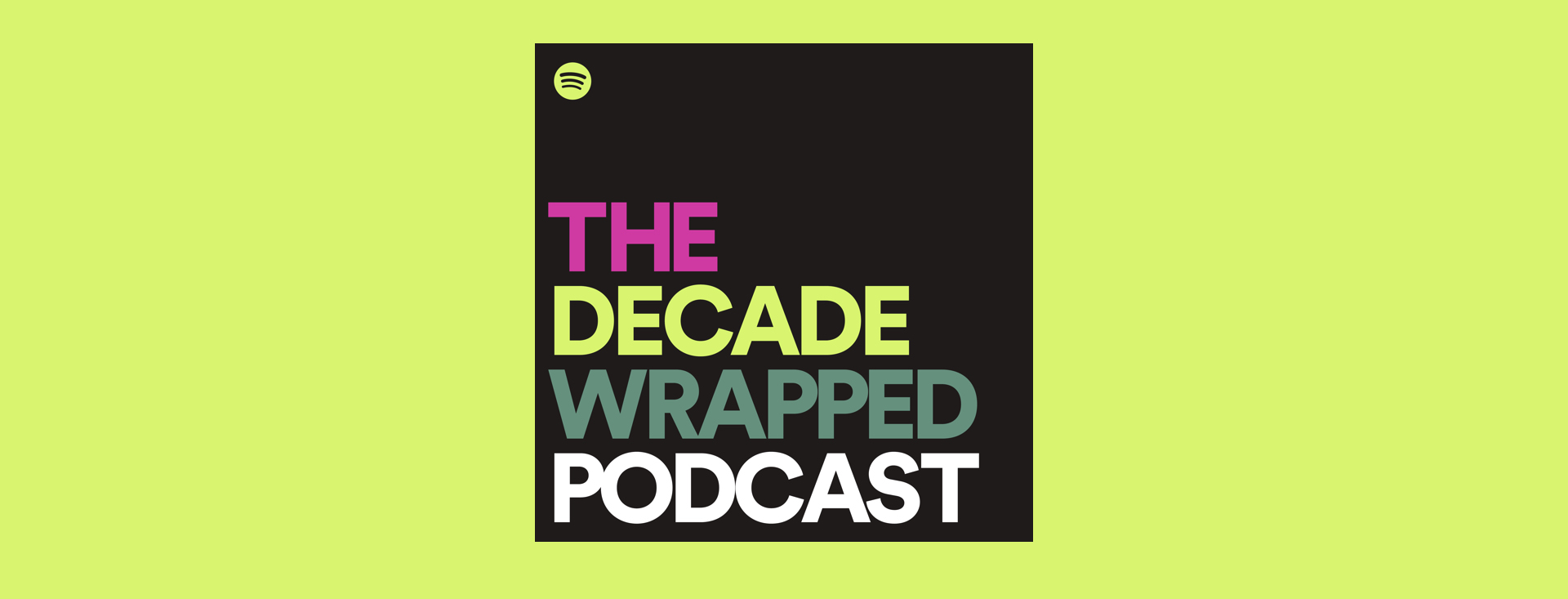
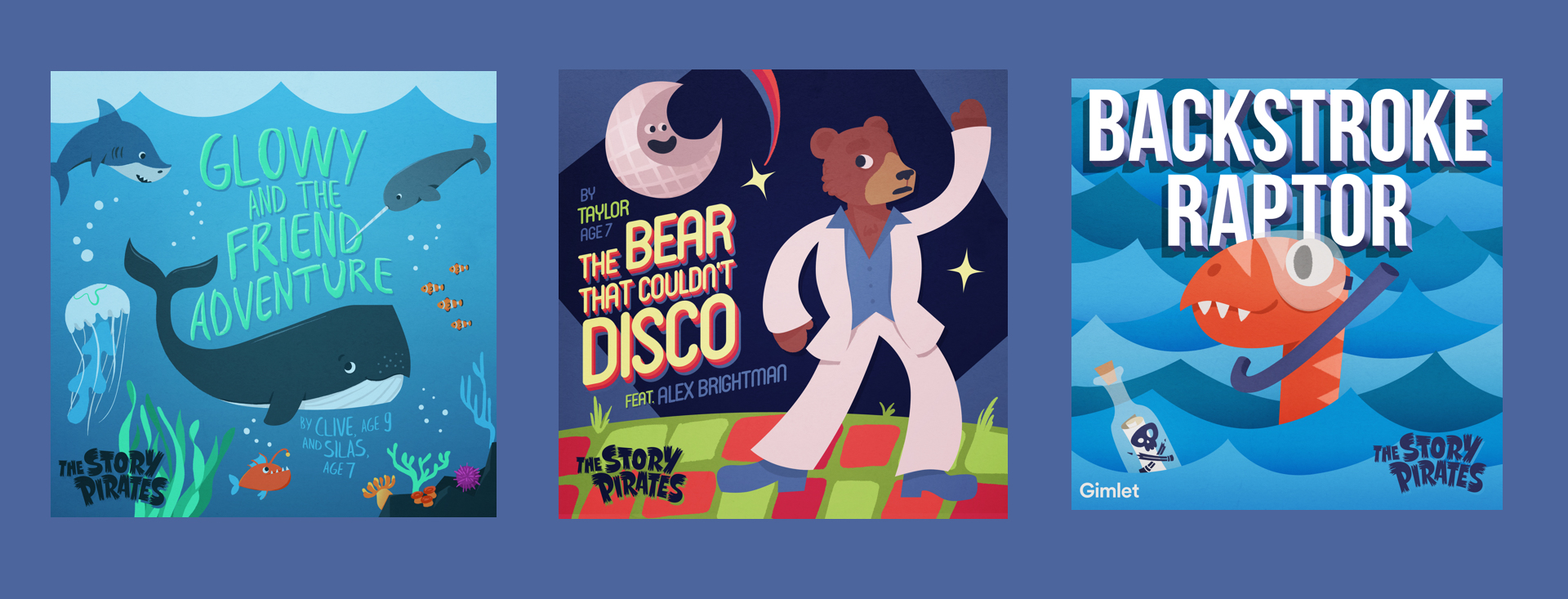
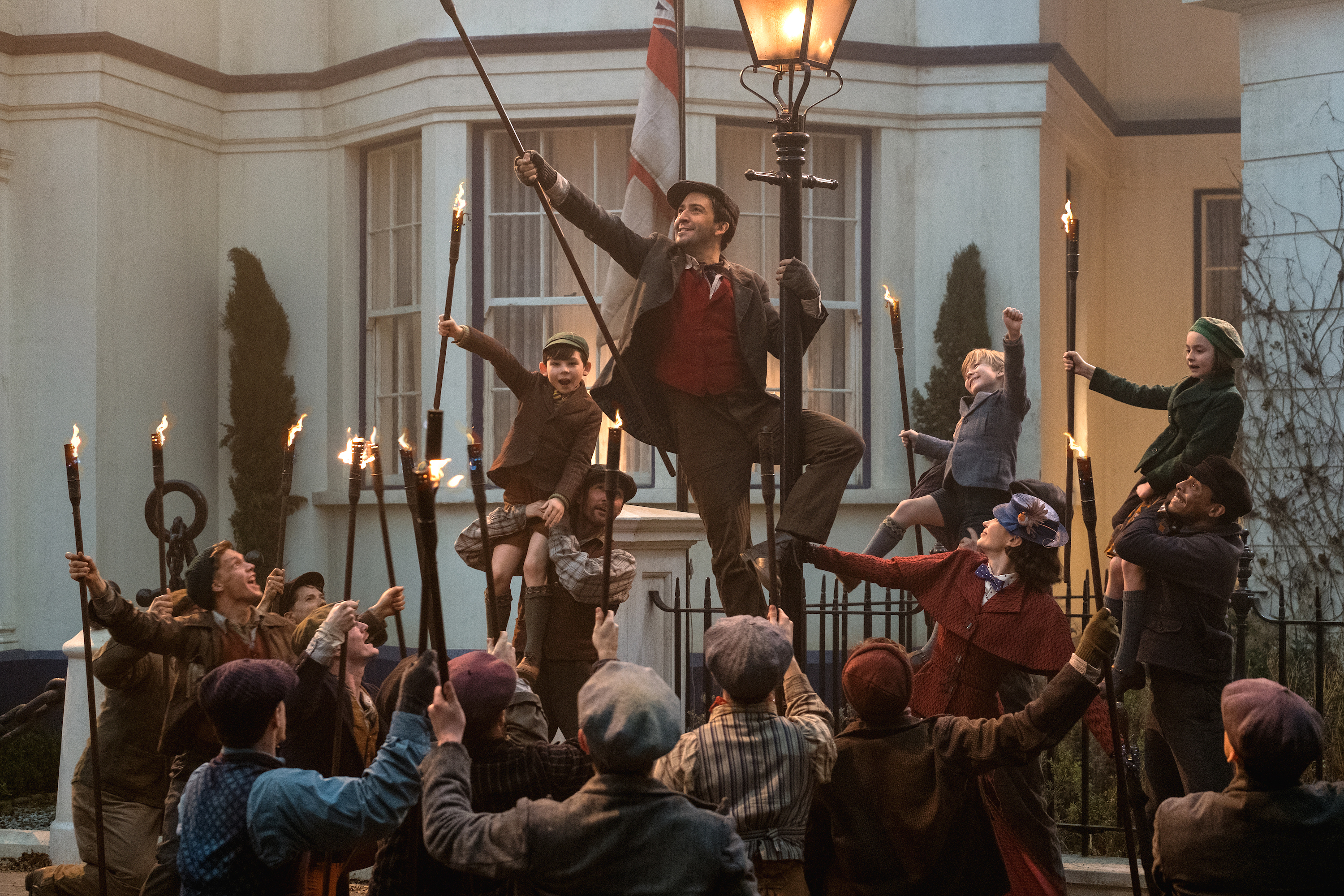
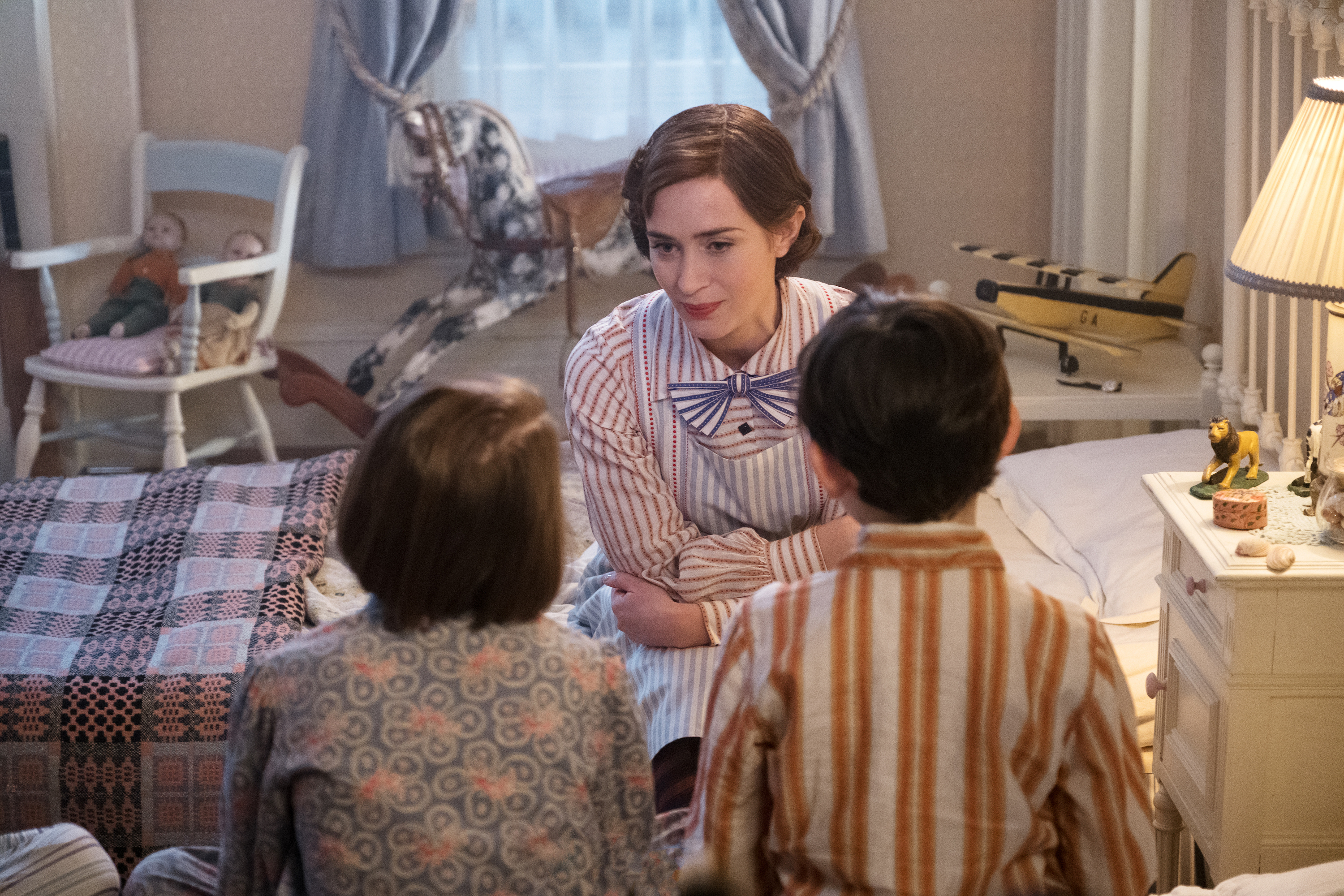
Recent Comments